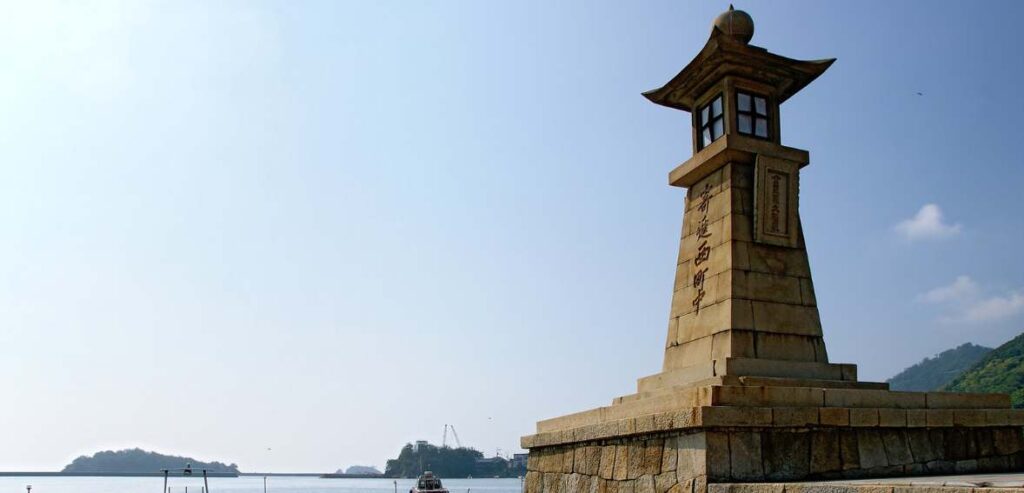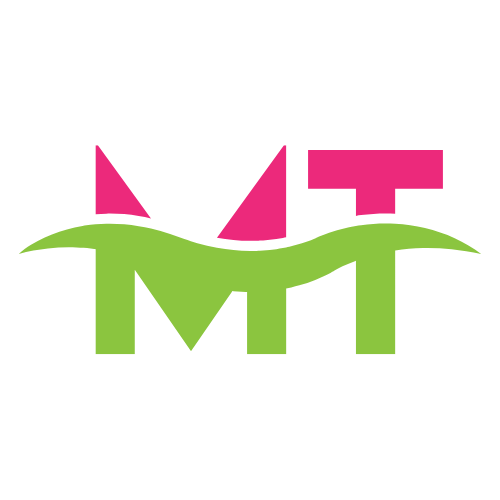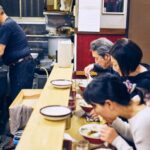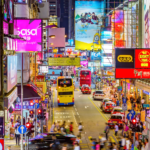Now Reading: Tales of Two Ancient Capitals, Day 1 (Xi’an – Terracotta
-
01
Tales of Two Ancient Capitals, Day 1 (Xi’an – Terracotta

Tales of Two Ancient Capitals, Day 1 (Xi’an – Terracotta
With my crisp summer tan barely faded, the time had arrived to trade Singapore’s glittering skyscrapers and copper-tinged colonial grandeur for an ancient and fabled realm – rural China’s imperial heartlands. I had arrived in the city of Xi’an to commence an epic 10-day immersion into two of the Middle Kingdom’s most historically significant capitals: the ancient Tang-era citadel Xi’an and the lesser-explored Luoyang. In this post I talk about Tales of Two Ancient Capitals, Day 1 (Xi’an – Terracotta.
But first, no exploration of this region could properly commence without encountering Xi’an’s main draw – the astounding Terracotta Warriors archeological site just outside the city center. Join me as I unearth this sublime spectacle of art, history and archaeological magic over 2,200 years in the making.
Unearthing China’s Greatest Archaeological Treasure
Even before the Terracotta Warriors famously captured global attention following their accidental 1974 discovery, the allure of Xi’an – with its 3,100 years of inhabited history – had captivated intrepid explorers. As the eastern terminus of the ancient Silk Road and capital of 13 imperial dynasties, Xi’an survives today as a living encapsulation of China’s prolific rise to superpower millennia ago.
Yet no past glories overshadow the majesty of Xi’an’s Terracotta Warriors in the modern-day imagination. The intricate funerary art installation commissioned in the third century BC encompasses over 8,000 life-size pottery soldiers, horses and chariots hewn entirely from terracotta. It’s a staggering feat of artistic ambition and grand-scale coordination that rivals Egypt’s Pyramids of Giza or Angkor Wat’s sprawling temple complex in visual grandeur.
Arriving at the Museums & Excavation Pits
My driver and I departed the serene Angsana Xi’an Lintong resort shortly after dawn to get a ceremonial head start over the inevitable crowds bound for the Terracotta Warriors site located under an hour away in Lintong County. After stopping to don lightweight bamboo sun visors and slick on ample SPF, we joined a convoy of buses and taxis barreling toward the iconic vaulted entrance marquee.
Clearing the initial security and ticketing queues as the grounds opened at 8:30am, our small guided group was quickly whisked into the main site’s covered museum complex. Here, a clever multi-media exhibition hall oriented us with short films and immersive displays showcasing the armies’ three archaeological digs since 1974, as well as their unparalleled relationship to Qin Shi Huangdi – China’s first emperor. A tongue-in-cheek animation centered on how the soldiers were ingeniously positioned to serve the emperor in the afterlife.
The Excavation Pits Up Close
After sufficient background, a serpentine series of ramps and hallways transported us to an initial viewing platform overlooking the Grand Excavation Pit #1 – the iconic and most mind-blowing sight. As the steady hush of the crowd dissipated, we collectively gasped in awe at the sheer spectacle of over 6,000 unearthed funerary soldiers, sentries, infantry and cavalry carefully arrayed in unified battle ranks across the excavated earth.
Row after row of these silent, life-size clay sentinels stretched out before us, each showing off distinctive facial features, hair styles and expressions. More remarkable was the incredible preservation of tiny intricate detailing like tassel epaulets, horse hooves and bridles – even individual fingerprints surviving on some warriors after 2,200 years of slumber.
Our guide Mark described the practiced assembly line techniques of ground-breaking artisan laborers who sculpted, kiln-fired and painted each component separately, from uniform terra cotta trunks to individualized heads and limbs. A seamless river of clay footsoldiers proceeded in lockstep toward their emperor’s final resting place, frozen in their resin tomb since antiquity.
To fully appreciate the depth of this engineering marvel, Mark invited us to descend into the excavated lot and inspect the intact ranks closely at ground level. I was floored by the bristling atmosphere generated by all these miniature men sculpted as real life-size garrisoned forces – primed for eternity to protect their sovereign leader’s accoutrements.
Pits #2 & #3 and the Emperor Qin Exhibition Hall
Although many consider Pit #1 the apex attraction, two additional excavation pits awaited unveiling different angles of this labyrinthine puzzle. Pit #2 revealed another battalion of intact infantrymen, horse-drawn carriages and combat emplacements to shuttle the emperor’s most privileged courtiers. Pit #3’s disassembly showed the nascent staging process for fresh unearthing and cataloging of warriors in remarkably pristine condition.
From there we whirled through ancillary galleries showcasing invaluable contextual artifacts – like frescoes, arrowheads and “spirit trees” planted as nourishment adorning the numerous dig sites. I also lingered in the main Emperor Qin Shi Huangdi exhibit hall, marveling at the sophistication of his totalitarian military state as the terror of a time frozen in amber.
The Artistry of Pit #1’s Warriors Up Close
But the highlight for me was ultimately returning to Pit #1 to literally stand face-to-face with each unique warrior up close, in awe of their handcrafted glory. At one of the most intact vignettes, gleaming infantrymen brandished real crossbows and swords in front of an ornate wooden chariot, their facial features still bearing vibrant rouge and green pigment.
As scene after scene jumped to three-dimensional life, certain I’d shatter the reverent stillness with mere exhales, I appreciated the mind-numbing effort that went into manifesting this underground necropolistic spectacle. From chiseling every single hair extension to molding the impassive gazes of the forward row, over 700,000 craftspeople were bestowed the supernatural task of conjuring 8,000 sentient souls to secure their god-king for perpetuity.
While Instagram closes in to ultimately enshroud this once-unknown wonder in social ubiquity, seeing the Terracotta Warriors of Xi’an in person still reduces Time to a mere theoretical construct. Here, two millennia of artistry, pageantry and forcible human endeavor remain mystically frozen…on the precipice of an advance that would later define China’s infinite dynastic cycle of life, death and empire. A humbling, sublime experience.
Travel Tips for Visiting the Terracotta Warriors
• Arrive by 8:30am to avoid crowds and tour bus masses
• Book a knowledgeable local guide for context
• Wear light clothes with a hat – the open pits get very hot!
• Pack plenty of water/snacks to sustain focus and energy
• Check if traveling with small kids – the site may overwhelm them
• Spend at least 2-3 hours to properly experience all 3 excavation pits
• The on-site museums & exhibits enhance the overall education
Whether you’re a history buff, archaeology fanatic or simply curious about China’s immortal allure, witnessing the Terracotta Warriors up close in Xi’an is a transcendent travel moment to be experienced and savored. While the epic grandeur and ancient visual poetry of these frozen armies can never truly be replicated, simply seeing these immortal souls re-awoken from their timeless slumber is to become transported back to the absolute birth of China’s primal, uncompromising might. I hope you enjoyed this Tales of Two Ancient Capitals, Day 1 (Xi’an – Terracotta post.
























